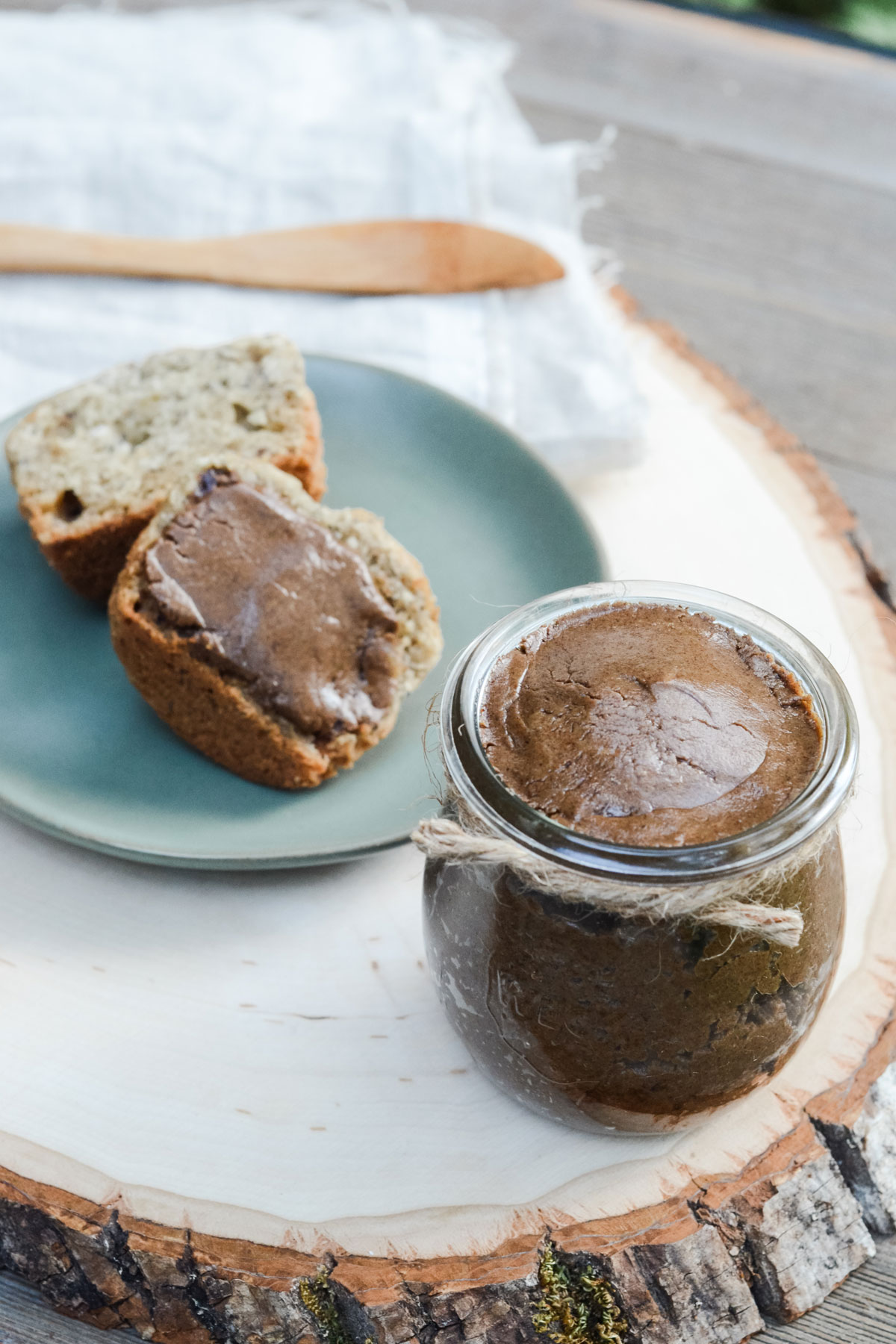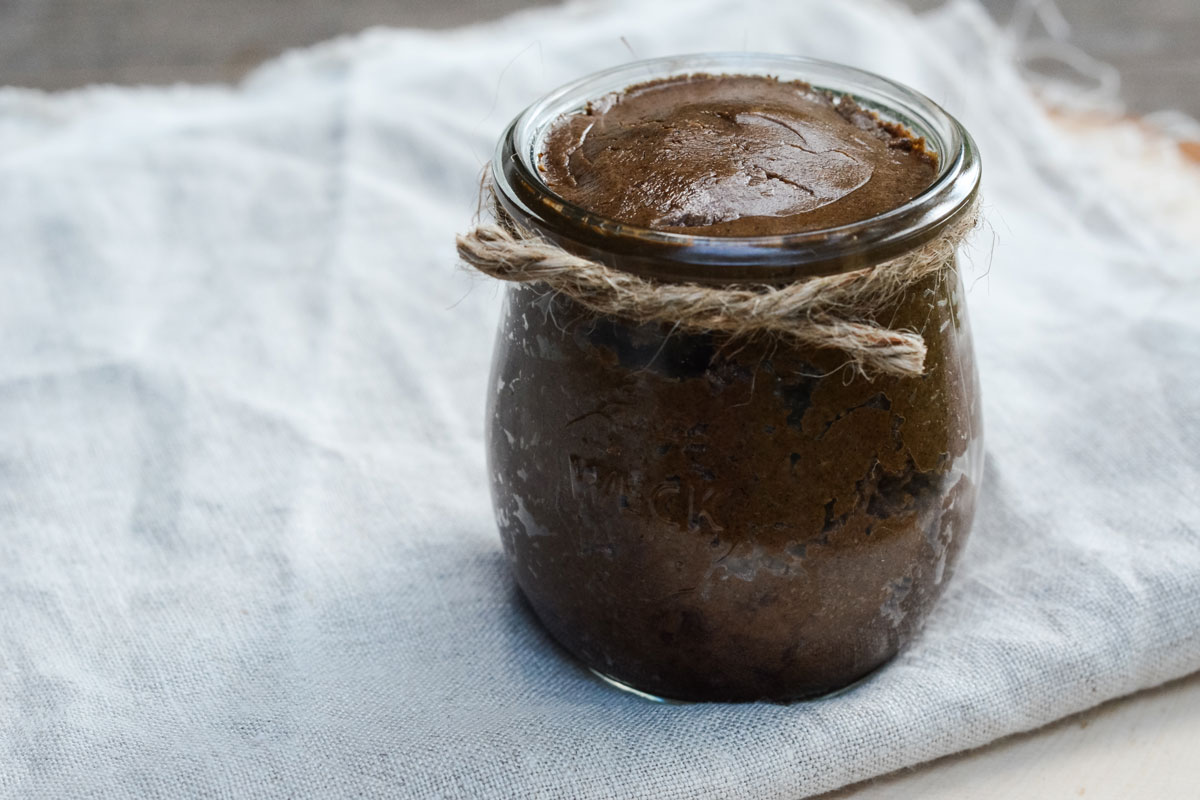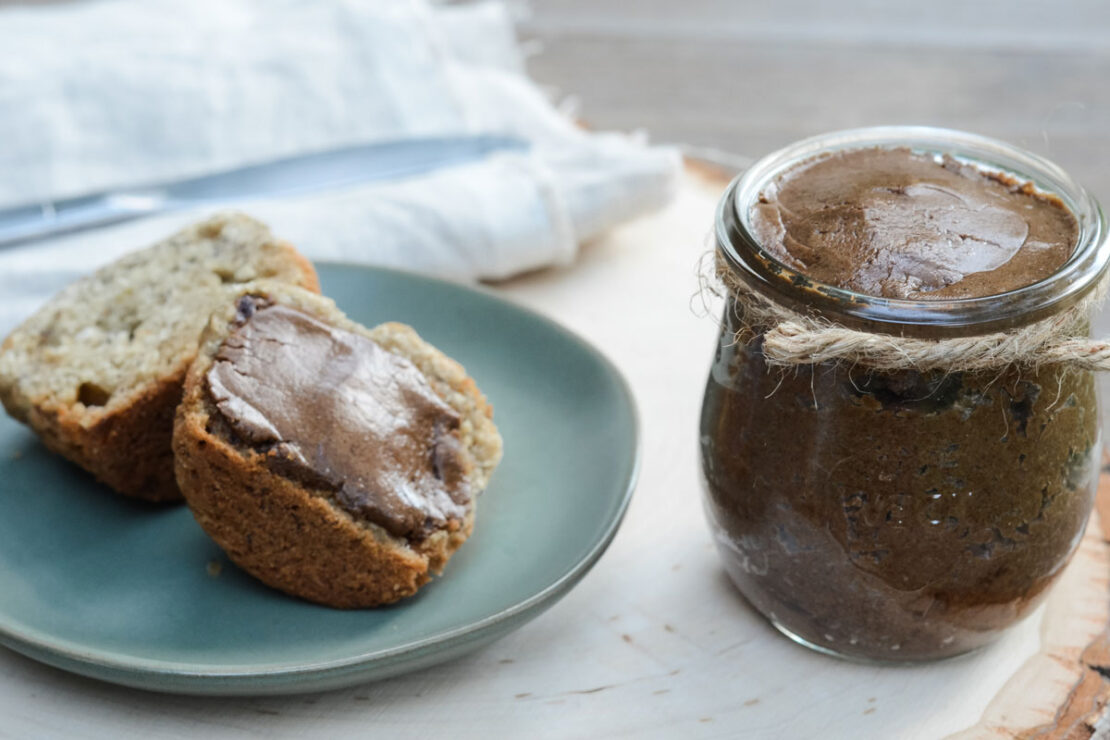
Study Snack! Nut Butter Recipe with Herbs for Memory and Focus (+Video)
As back to school season begins and a new year of learning stretches before us, many of us are wondering about herbs for memory and focus. After all, we certainly want to make the most of the time we spend on our studies!
Improving our focus and attention can help us better understand and absorb information. Strengthening our ability to remember what we have learned may boost test scores and enable us to hold on to the knowledge we have gained, either through school, work, or life.
Thankfully, there are many supportive herbal allies that enhance memory and focus so we can better retain the information we work so hard to learn. In today’s post, we discuss four herbs for memory and focus and share a delicious way to enjoy them daily with a simple Memory Boost Nut Butter Recipe (and video!).
4 Herbs for Memory and Focus
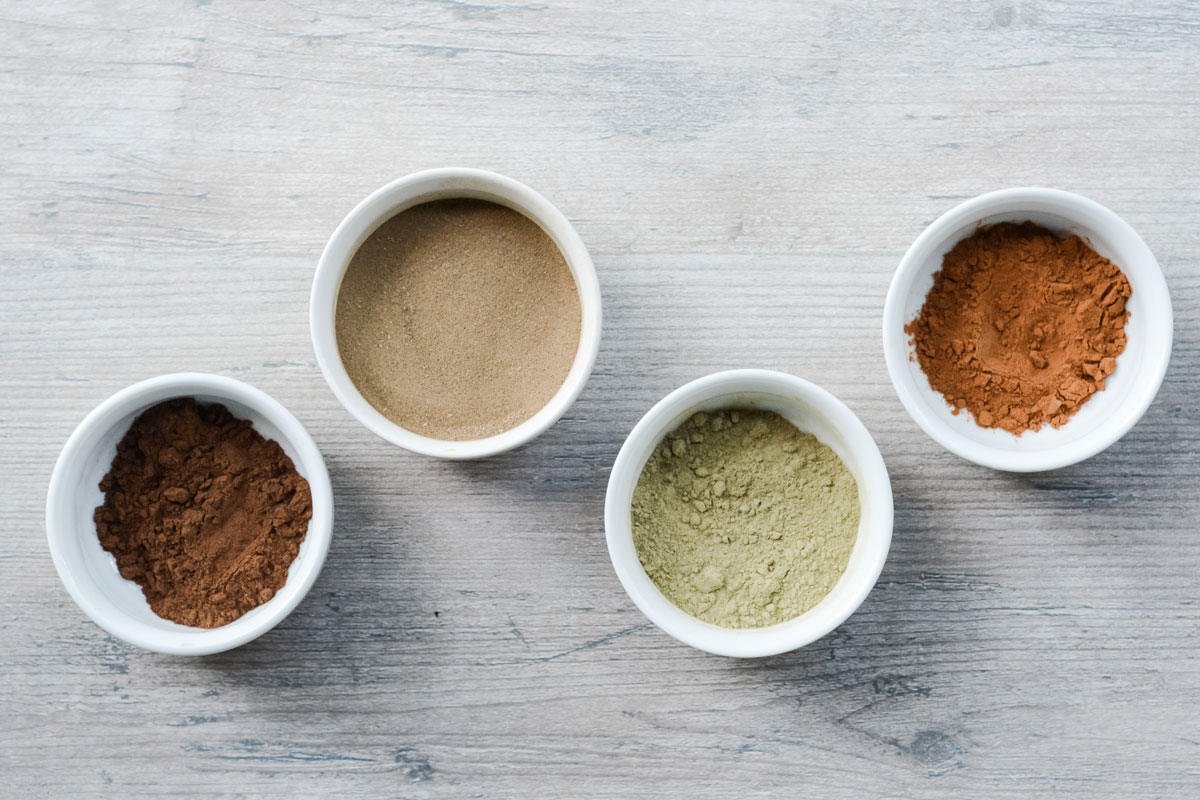
While there are a number of herbs that support memory and focus, today we will discuss four that work well for most folks. Each of the selected herbs are considered nootropics and adaptogens.
What are Nootropics?
The term “nootropic” derived from the Greek words nous (“mind”) and trepin (“to turn” or “to bend”) is used in pharmacology; and many nootropics are herbs or supplements (Saba, 2019).
If taken literally, ‘mind bending’ may sound like the beginning of some type of psychedelic experience. However, the term nootropics, is most often used to refer to substances that aid brain function. As herbalist Maria Noël Groves (n.d.) mentions in lesson 1 of our Herbs for ADHD, Cognition, and Focus intensive, nootropics can be generally defined as substances that “improve nerve function and cognition” (Groves, slide 21).
There are many ways nootropics may support the brain and nervous system function including memory enhancement, improved cognitive function, and promotion of blood flow. Some nootropics may also protect the brain from degenerative effects (Saba, 2019).
It’s important to note that the term nootropics encompasses substances outside of what is generally defined as “natural” and can refer to synthetic substances as well as herbs.
(If you are interested in learning more about nootropics, keep an eye out for an upcoming NEW short course on this very topic! Be sure to register for our newsletter so you will be the first to know when this exciting resource is available.)
What are Adaptogens?
Adaptogenic herbs strengthen the body’s ability to adapt to change and cope with external stressors. Many herbalists use adaptogens to boost immune function, increase stamina, improve stress response, and provide general support to the body as a whole.
Adaptogens have a reputation for easing stress and building resilience; however, these herbs are also valuable in supporting brain health. Herbalist David Winston (2007) explains that adaptogens can be useful tools in preventing or improving a variety of neurological issues, such as poor concentration and memory, anxiety, chronic fatigue, headaches, and dementia—just to name a few. He further notes that adaptogens may “increase both the amount of mental exercise a person can carry out as well as the quality of work” (Winston & Maimes, 2007, p. 93).
Herbs categorized as adaptogens and/or nootropics support and complement one another well. In some cases their properties and actions overlap.
As mentioned above, the herbs we are discussing today are both nootropic and adaptogenic in nature. Incorporating these herbs into your life will not only support brain function and optimize memory and focus, but also aid the body in adapting to stress; all of which are useful when it comes to managing school or work.
Bacopa (Bacopa monnieri) aerial parts
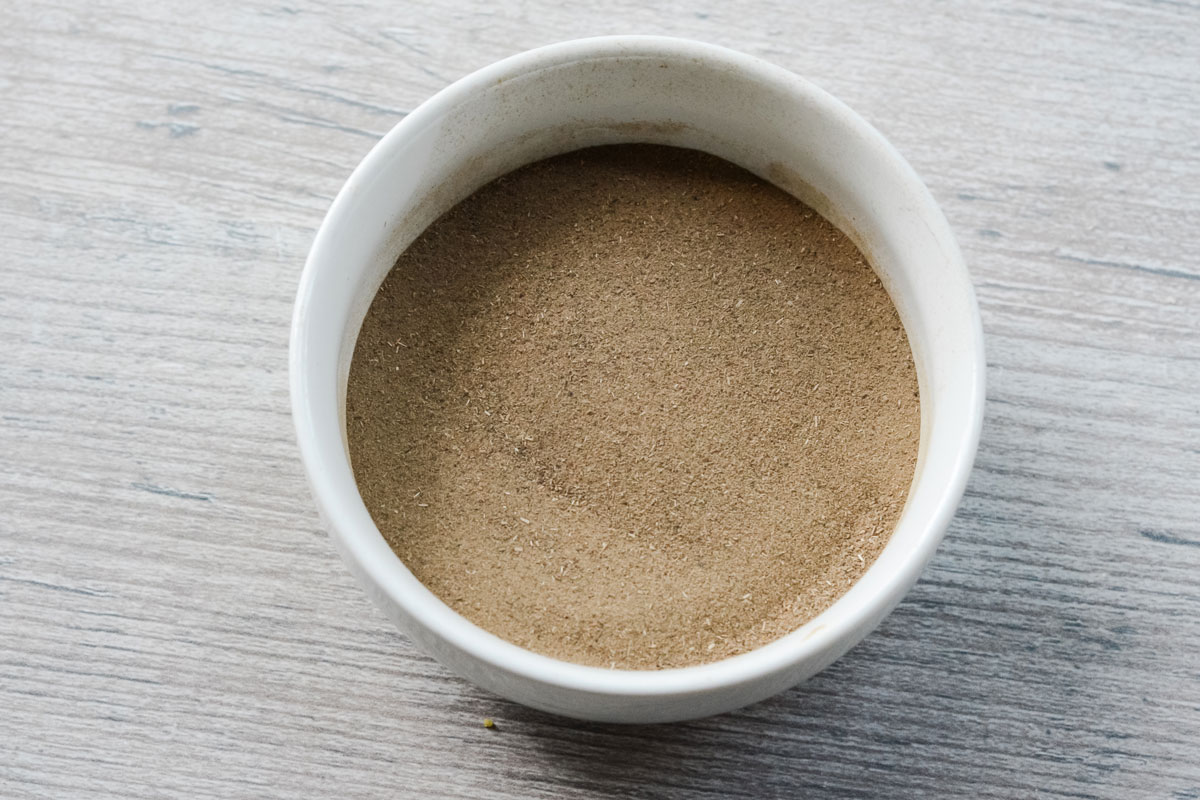
Native to Southeast Asia, Australia, coastal areas of Africa, and tropical regions of North, Central, and South America, bacopa has a long history of use as a rejuvenating herb and is helpful for multiple body systems. It is considered a nervine tonic as well as a nootropic and adaptogen (Herbal Academy, n.d.a).
Also known as brahmi, bacopa is a creeping succulent that often grows in marshy, wet areas. The whole herb may be used and is most often dried and included in teas and tinctures. It is important to use organic bacopa as this herb can easily absorb any pollutants that are in the water in which it is grown (Winston & Maimes, 2007). Also note that there are a variety of bacopa species, some of which are merely ornamental. Only use the official bacopa species in order to access its beneficial properties (Herbal Academy, n.d.a).
Interestingly, brahmi is a common name used for gotu kola and bacopa, which can certainly be confusing! Be sure to look for the latin binomial when purchasing herbs so you can be certain of what you are buying.
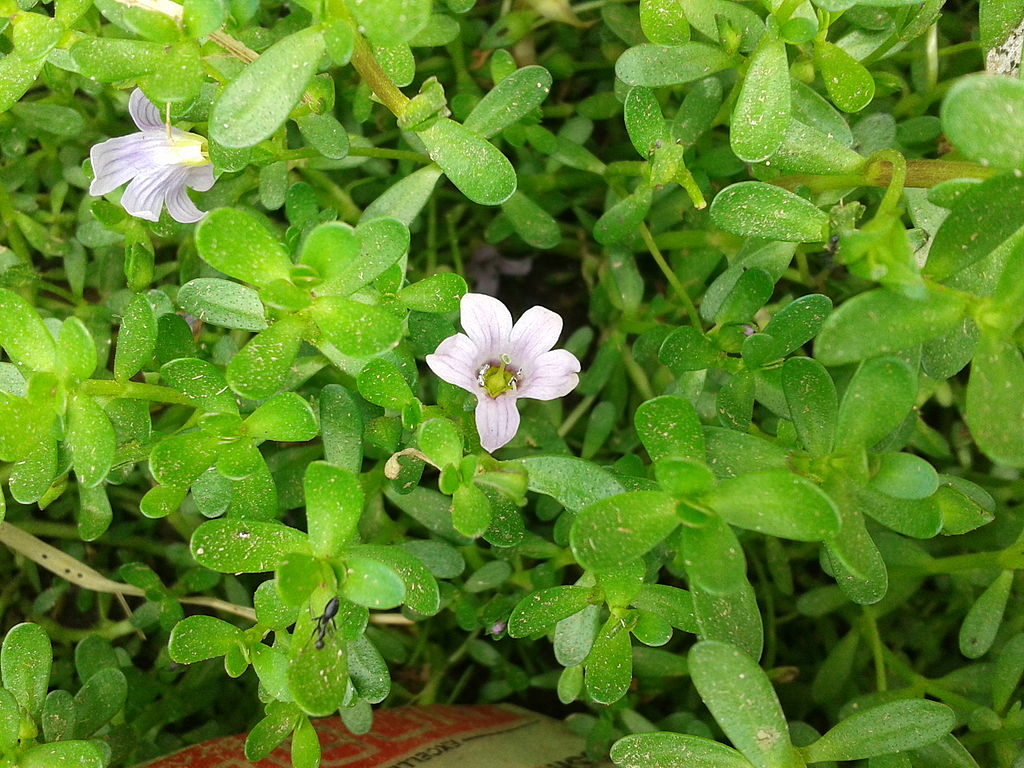
Traditionally used to support healthy brain function, bacopa is especially helpful in promoting memory and focus. This may be due to its ability to modulate neurotransmitters, scavenge free radicals, and increase cerebral blood flow (Herbal Academy, 2019).
Research suggests bacopa may be neuroprotective (Rastogi, et al., 2012) which explains its use in supporting memory function in Alzheimer’s patients (Groves, 2016). Bacopa also encourages recovery from brain trauma (Groves, 2016) and may reduce feelings of stress and anxiety.
Bacopa is also used with adults dealing with Attention Deficit Hyperactivity Disorder (ADHD) in which case it is often paired with hawthorn, fresh oat, and holy basil (Winston & Maimes, 2007).
Gotu kola (Centella asiatica) leaf
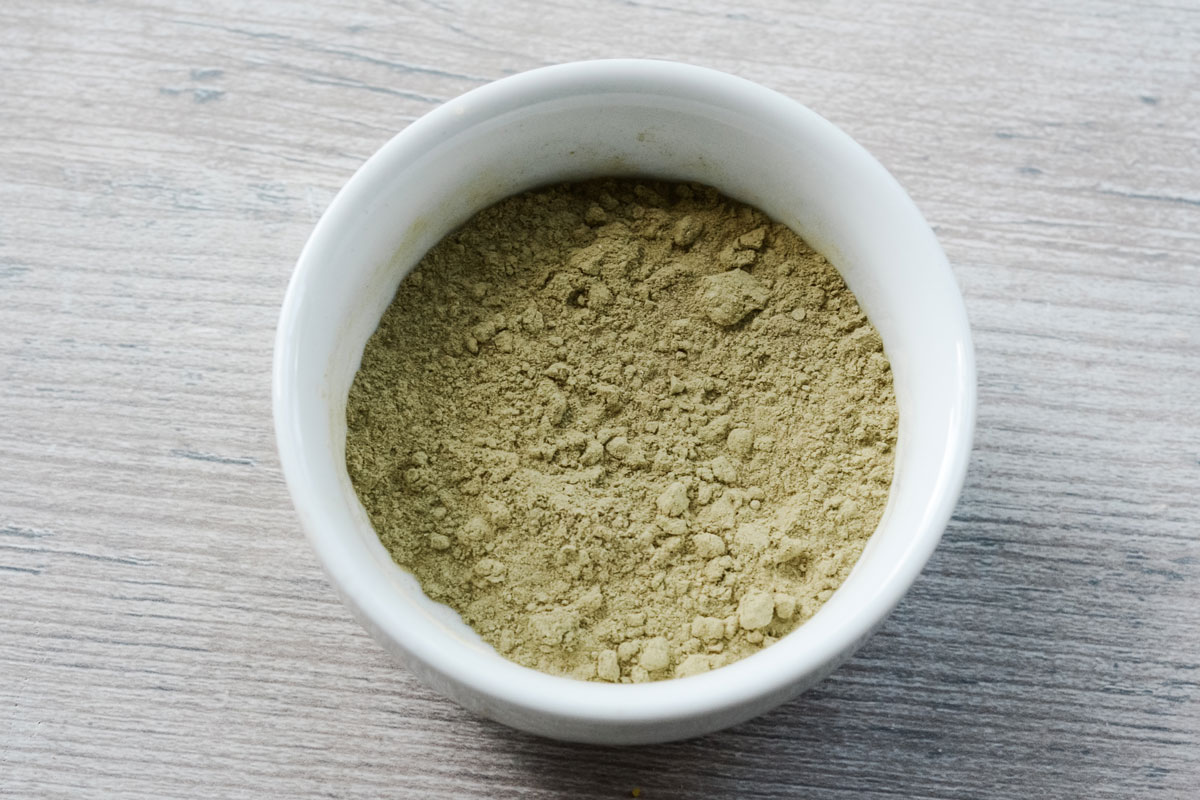
Considered a calming adaptogen and mildly stimulating nootropic, gotu kola is native to India, Japan, China, Indonesia, South Africa, Sri Lanka, and the South Pacific. It is traditionally used as a brain tonic in Ayurveda and is especially helpful in reducing mental fatigue and improving concentration. Gotu kola has a soothing effect on the nervous system and provides support to those experiencing anxiety, irritability, or burnout. Because of its rejuvenating cognitive qualities, this herb is often employed for those with early stage dementia (Winston & Maimes, 2007).
Gotu kola is cooling and moist with a slightly bitter taste. Native to India, Japan, China, Indonesia, South Africa, Sri Lanka, and the South Pacific, it grows low to the ground and has bright, green leaves. The rounded shape of the leaves resemble the cerebellum, which is interesting when considering the Doctrine of Signatures and gotu kola’s affinity for the brain.
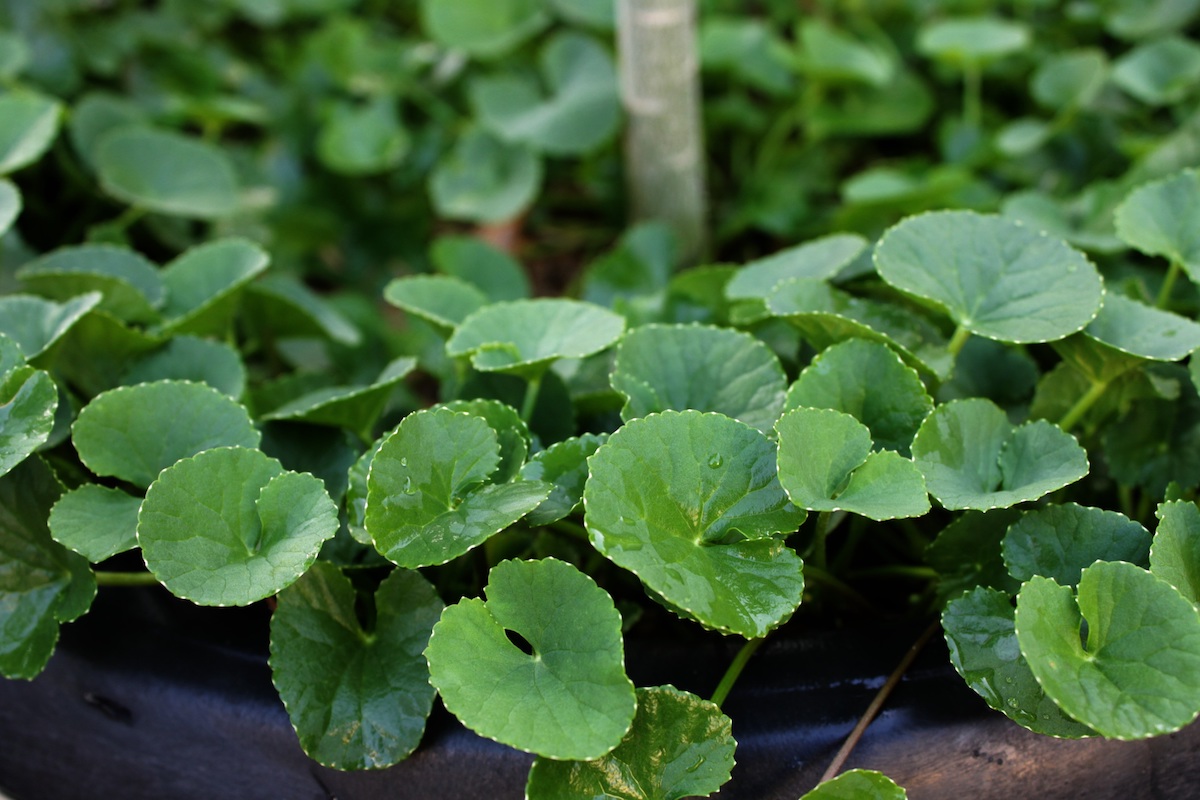
Brain function aside, gotu kola also supports vascular health and can be applied topically to soothe wounds. This herb is gentle and safe for most and is balancing to all doshas (Herbal Academy, n.d.b).
The leaves may be consumed fresh or cooked, but are often dried or powdered and used in teas, smoothies, energy balls, and supplements.
Lion’s Mane (Hericium erinaceus) fruiting body
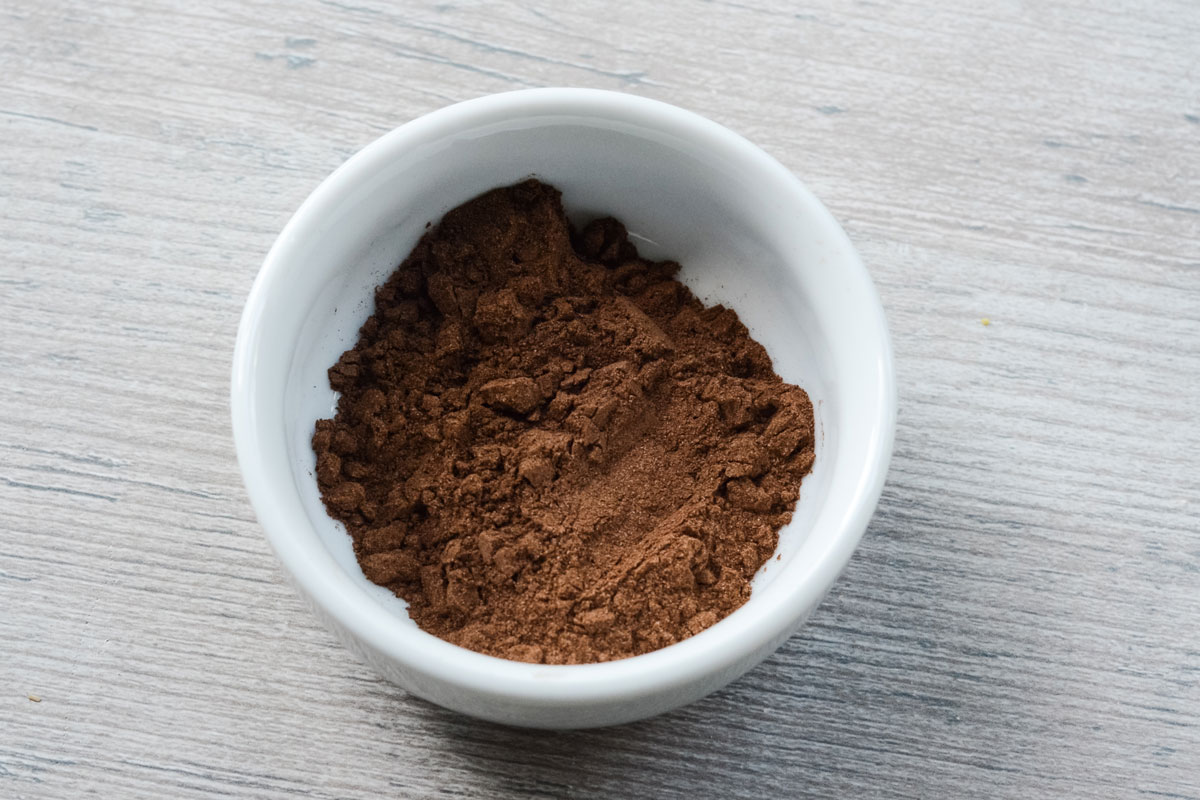
Lion’s mane is native to North America, Europe, China, and Japan (Herbal Academy, n.d.c). A rare edible mushroom that appears as a toothy white globe or tear drop shape growing on dying trees, lion’s mane gets its name from the fluffy white spines which resemble the long mane of a lion (O’Conner, 2020).
With a bland to slightly sweet flavor, lion’s mane has a neutral energy. Lion’s Mane’s actions include anti-inflammatory, antioxidative, cardioprotective, neuroregenerative, and neuroprotective. Preparations have been shown to support cognitive function and improve mood (Herbal Academy, n.d.c).
Lion’s mane has a long history of use as a “longevity tonic for the mind” (Herbal Academy, n.d.c, para. 20). It’s neuroprotective properties may help preserve and rejuvenate cerebral function.
An excellent choice for long-term brain support, this mushroom is a great option for daily use and may help improve memory and focus during study sessions.
Lion’s mane has grown in popularity in recent years and is more widely available than it was even 10 years ago. It is easiest to find in powdered form, but some markets and grocery stores provide fresh lion’s mane which you can purchase and cook. Lion’s mane has a fairly bland flavor and therefore is often dressed up sauteed in butter (O’Conner, 2020) or a bit of oil. There are many ways to cook with it. Learn more about cooking with edible mushrooms here.
Add powdered lion’s mane to smoothies, lattes, and energy balls. It may also be taken in capsules and tinctures. Lion’s mane is the main ingredient in our Memory Boost Nut Butter recipe, below.
If you’re interested in learning more about mushrooms, be sure to check out The Mushroom Course. Covering 25 mushrooms in-depth, this course teaches all about identification, harvesting, growing, storage, preparation, and cooking methods for each species (from cooking to making herbal extracts).
Rhodiola (Rhodiola rosea) rhizome, leaf, and flower
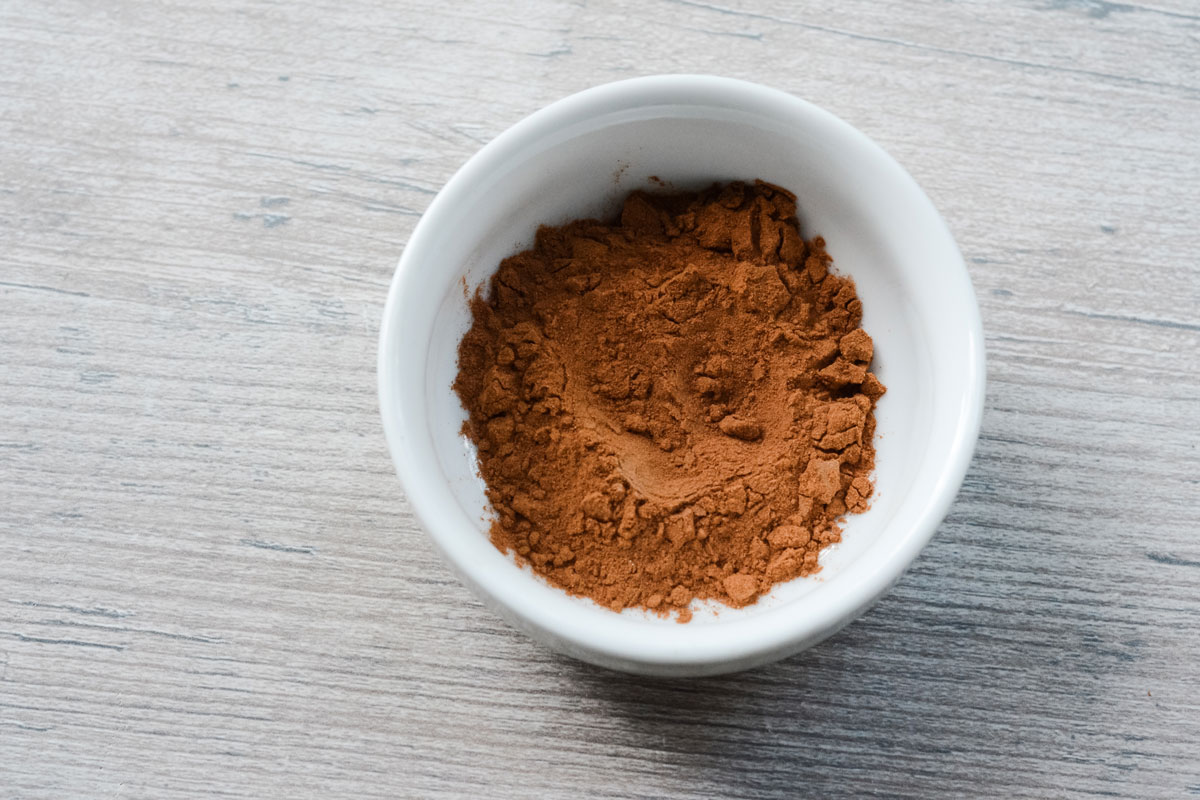
Rhodiola is native to the northern circumpolar regions of Canada, Scandinavia, Siberia, and higher elevations in the Alps, Pyrenees, and Carpathian Mountains in Europe (Winston & Maimes, 2007). Well loved as an adaptogen, rhodiola is also a mild central nervous system stimulant and has antioxidant, cardioprotective, nervine, and neuroprotective properties (Winston & Maimes, 2007). It is cool, dry, and sweet with a slightly bitter taste (Winston & Maimes, 2007). By “dry” this means rhodiola is extremely astringent. Be aware of this flavor and sensation while blending it or as a consideration for people who have an already dry constitution. Small amounts are prefered and it is quite potent and energizing.
Rhodiola has the strongest stimulating effect of all the herbs mentioned in this article. However, it is not as stimulating as coffee (Groves, n.d.) Small to moderate doses often boost energy, but larger doses can have a sedative effect (Herbal Academy, n.d.d). Because of the stimulating properties of rhodiola, it is suggested that one takes it earlier in the day (Herbal Academy, n.d.d).
Known to enhance brain function, rhodiola supports alertness, mental clarity, and may even boost one’s ability to concentrate for long periods of time and memorize information (Winston & Maimes, 2007).
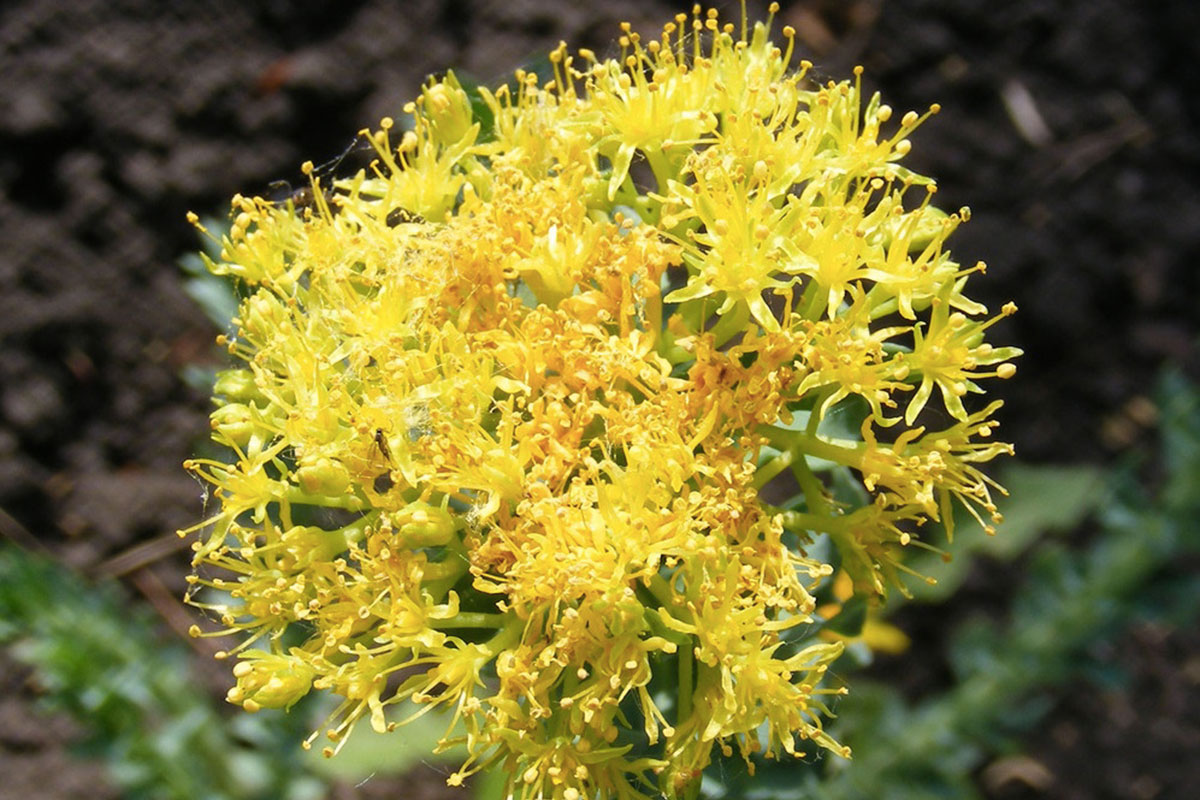
Scientific studies have demonstrated that rhodiola may be useful in decreasing levels of fatigue, including chronic fatigue and stress-related fatigue (Winston & Maimes, 2007). A number of studies showed rhodiola to help mitigate the effects of stress by reducing cortisol, improving cognitive function, and supporting a general feeling of wellbeing (Winston & Maimes, 2007).
Rhodiola should be avoided by people with bipolar disorder or those experiencing manic episodes because it may be too energizing to promote balance in these cases.
The rhizome is most often used in herbal preparations where it is dried and powdered. However, the leaves and flowers may also be consumed (Herbal Academy, n.d.c). Rhodiola may be encapsulated or tinctured, added to smoothies or teas, included in foods, such as nut butter balls, and can even be decocted and included in homemade lollipops!
Memory Boost Nut Butter Recipe
Inspired by a recipe found in Herbal Academy student and past blog contributor Agatha Noveille’s book, Adaptogens, this Memory Boost Nut Butter incorporates four brain-supporting herbs to help improve concentration and memory and optimize cognitive function.
This nut butter can be spread on toast or muffins, added to smoothies, and even included in homemade nut butter cups or stuffed dates! It’s also wonderful eaten straight off the spoon. Yield: ⅓ cup
2 teaspoons lion’s mane (Hericium erinaceus) powder
½ teaspoon bacopa (Bacopa monnieri) powder
¼ teaspoon gotu kola (Centella asiatica) powder
¼ teaspoon rhodiola (Rhodiola rosea) powder
¼ cup nut butter of choice
2-4 teaspoons honey, optional
- Prepare herb blend by placing herbs in a clean, dry bowl and stirring until well combined.
- Measure nut butter into a small bowl.
- Add 1-2 teaspoons of honey, if using. Stir until well combined.
- Sprinkle herbs over nut butter and stir to blend. Depending on the consistency of the nut butter, it might require some extra muscle and a little kneading to combine the herbs evenly with the nut butter.
- Add more honey to taste, if desired. Stir until well combined.
- Store in an airtight container in the fridge.
- Consume 1-2 tablespoons per day in smoothies, on toast or muffins, or straight from the spoon.
Adapting this recipe for kids:
This nut butter recipe was designed for adults, but we understand that you may wish to share something similar with children. We recommend omitting the rhodiola in this case as rhodiola is generally too energizing for kids and may result in a situation similar to a sugar rush!
Simply leaving out the rhodiola is acceptable, but if you wish to add another herb in its place, eleuthero (Eleutherococcus senticosus) is a good choice.
2-3 teaspoons per day is plenty for kids.
For more recipes using herbs for memory and focus, download our FREE 11 Herbal Recipes for Memory and Focus ebook!
In Closing,
Using herbs for memory and focus is a great way to enhance brain function and improve learning. While herbs are not a substitute for healthy habits and attention to our studies, they can be a great support. Adding nootropics and adaptogens to your routine may make a world of difference when it comes to maintaining concentration and retaining information. These herbs come with a host of other benefits, so they truly offer a boost to your overall wellbeing as well!
If you’re interested in learning more about herbs for focus and memory, then consider joining our membership site, The Herbarium, where you will gain access to a number of short intensives, including one that dives into Herbs for ADHD, Cognition, and Focus. The Herbarium also includes a robust archive of in-depth plant monographs, media downloads, articles, and podcasts for only $49/year.
Activate your Herbarium membership today!
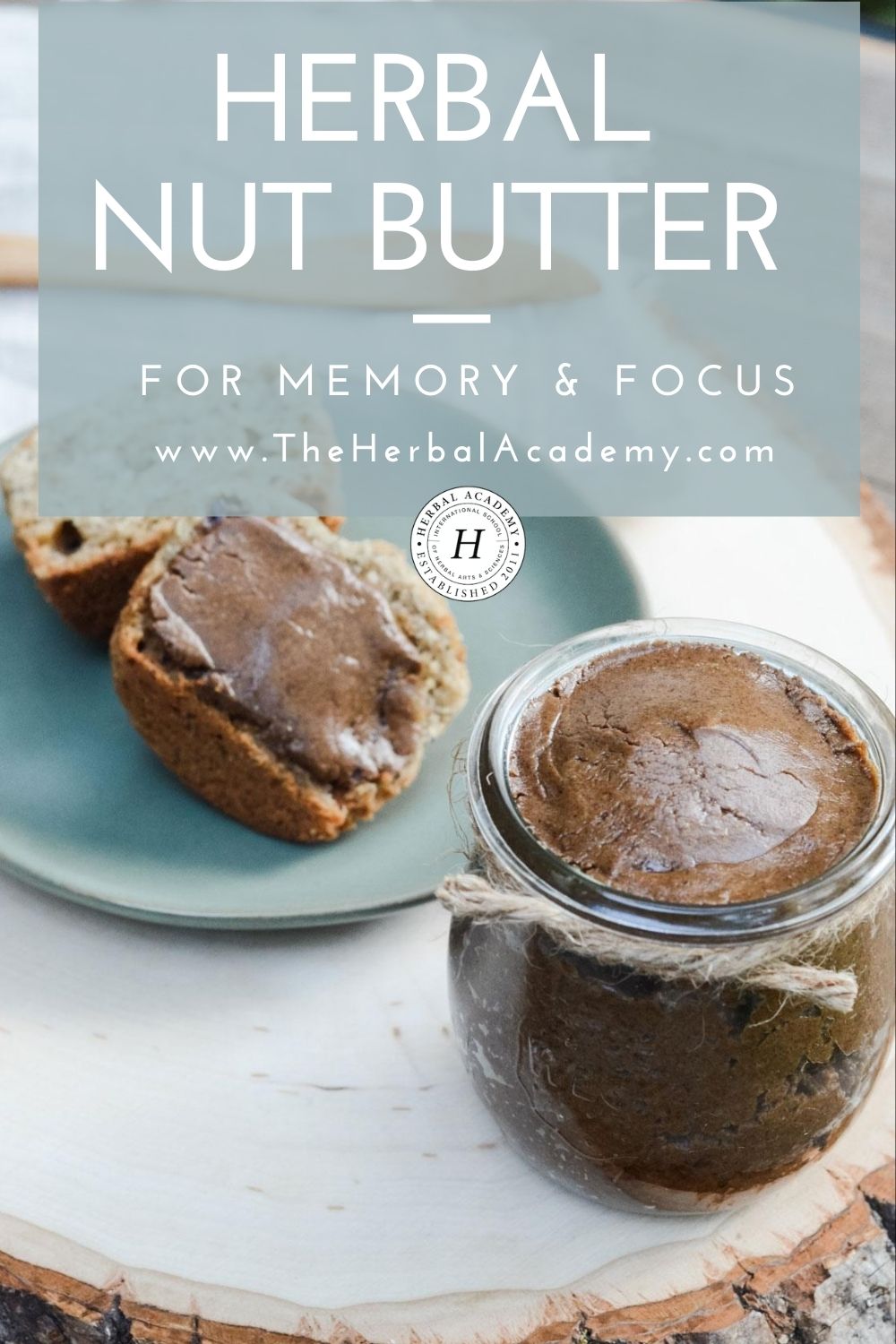
REFERENCES
Brand, E. (2016). The everything guide to nootropics: Boost your brain function with smart drugs and memory supplements. Avon, MA: Adams Media.
Herbal Academy (2019). Our favorite study herbs (plus a memory tonic tea recipe). Retrieved from https://theherbalacademy.com/favorite-study-herbs/
Herbal Academy. (n.d.a). Bacopa monograph. The Herbarium. Retrieved from: https://herbarium.theherbalacademy.com/monographs/#/monograph/3054
Herbal Academy. (n.d.b). Gotu kola monograph. The Herbarium. Retrieved from: https://herbarium.theherbalacademy.com/monographs/#/monograph/4079
Herbal Academy. (n.d.c). Lion’s mane monograph. The Herbarium. Retrieved from: https://herbarium.theherbalacademy.com/monographs/#/monograph/5167
Herbal Academy. (n.d.d). Rhodiola monograph. The Herbarium. Retrieved from: https://herbarium.theherbalacademy.com/monographs/#/monograph/3062
Groves, M.N. (2016). Body into balance: An herbal guide to holistic self-care. North Adams, MA: Story Publishing.
O’Conner, K. (2020.) Lion’s mane mushroom: what you should know. Retrieved from https://theherbalacademy.com/lions-mane-mushroom/
Rastogi, M., Ojha, R.P., Prabu, P.C., Parimala Devi, B., Agrawal, A., & Dubey, G.P. (2012). Prevention of age-associated neurodegeneration and promotion of healthy brain ageing in female Wistar rats by long term use of bacosides. Biogerontology, 13(2), 183-195. https://doi.org/:10.1007/s10522-011-9367-y
Saba, H. (2019). Herbal nootropics. Retrieved from https://herbarium.theherbalacademy.com/2019/10/herbal-nootropics/
Winston, D., & Maimes, S. (2007). Adaptogens: Herbs for strength, stamina, and stress relief. Rochester, VT: Healing Arts Press.

